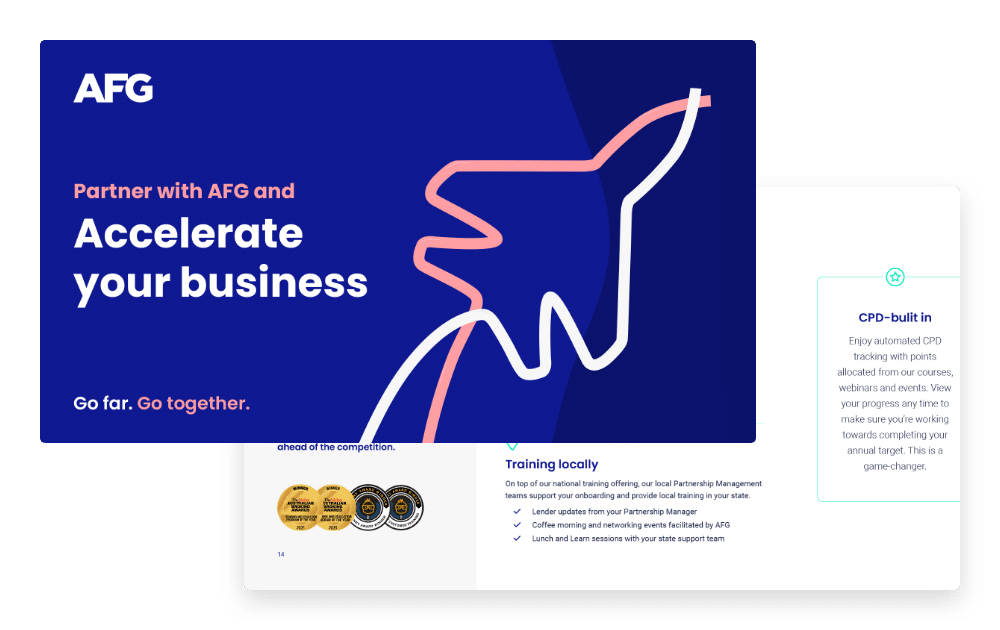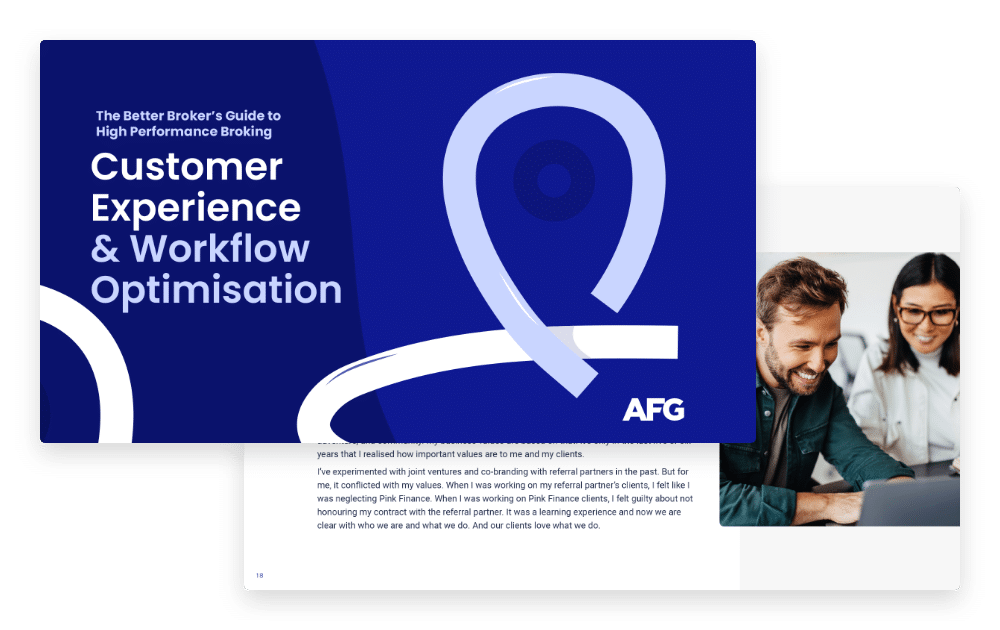If he ever had to hide a body, Jim Stewart jokes, he would put it on page two of Google’s search results. It’s the one place no one would ever look, says Mr Stewart, who heads search engine optimisation company StewArt Media.
An update to Google’s search algorithm earlier this year saw some Australian businesses drop off that coveted front page – and that can mean a massive drop in traffic and, therefore, business.
‘Mobi-geddon’, as it was dubbed by some, was a change to the way Google ranks websites, giving preference to pages that are mobile friendly – that is, they are designed to be easily viewed on devices such as smartphones.
Google’s decision to ping websites that were not mobile-friendly was prompted by changing user habits. At the start of this year, the company found a majority of search requests was originating from mobile devices. And anyone who has tried to view a non-mobile-friendly site on a tiny smartphone screen knows the frustration of zooming in and out to navigate. So Google simply tweaked its search to rank mobile-friendly sites higher on searches originating from mobile devices.
It was a timely reminder that making sure your website keeps pace with changing consumer habits – and Google updates – is one of the cornerstones of business today.
“People talk a lot about social media being important – and it is,” Mr Stewart said. But in the rush to Facebook and Twitter, some companies have fallen into a habit of ‘set and forget’ with their websites.
The main offenders were traditional businesses – such as legal firms – that didn’t view themselves as online companies, or those established pre-2010.
And while a social media presence was important, Google presence was vital.
“The main difference, if you want a comparison, is that social media is like advertising on radio and television and Google is like the old Yellow Pages”, he said.
And if you’re not on page one of Google, it can be as impactful as the “not happy Jan” days of forgetting your Yellow Pages listing.
Although Google is constantly tweaking its algorithm, the mobile update was the biggest change for about 18 months and seemed to catch even some major players napping. Shortly after the change was announced in February, StewArt Media conducted a quick survey and found an astounding 50 per cent of Australia’s ASX 200 websites were not mobile-friendly.
And while some business-to-business companies may think their online presence is not as important as those in retail, Mr Stewart has some startling statistics.
One of his clients, a B2B recruitment firm, found about half their online traffic came from mobile devices.
“What we’ve found is that if you’re not mobile responsive, your mobile traffic will convert 75 percent less than what your desktop traffic will,” he said.
By “convert” Mr Stewart means what businesses want users to do once they get to their website. For example – buy something, call you, or fill out a form.
“So regardless of a Google mobile update, it really makes good business sense to be mobile-friendly,” he said.
Another change Google has rolled out in recent months is a move to stop sites using ‘doorway’ pages to boost rankings – that is, lots of small sites which link back to a main site.
Mr Stewart typically uses skip bin hire as an example. A skip bin hire company, say, in Melbourne, may create multiple pages about their hire service that are identical save for the suburb name, hoping to capture users searching for bin hire in their local area. “That’s not really much value to the user so Google is saying it is going to hit those sites,” he said.
GET THE MOST FROM YOUR SITE: ADVICE FROM JIM STEWART
- Know your Audience: Get Google Analytics, a free tool which gives website operators basic, through to extremely detailed, information about who is accessing your website and what they are doing once there. It can tell you whether people are accessing your site from a mobile device or laptop, how long they spend on the site and what they look at. It can even break users into related cohorts and provide data on how different segments of clients use the site.
- Think of users first and Google second: There is no use trying to ‘game’ Google. The search engine has become efficient at rooting out rorts – including hiding text to artificially boost rankings – something that can get your site banned. Unfortunately, the marketplace has been conditioned to do that by bad Search Engine Optimisation (SEO) practices, but those days are over. Don’t think about Google first. Think about Google second and think about the user first. What we’re trying to get people to understand is that your website should be a place where you publish great content …then Google will love you.
- Publish or Perish: Business should view their websites as publishing platforms. The more authoritative, original content you publish about your key business area, the higher Google will rank you (provided your site is also running fast and free from link errors). If you are not publishing on a regular basis, people who are looking for your products or services usually aren’t going to find you or if they do find you and your site is a bit of a ghost town, then they’re probably not going to call you. Start with a written blog (try WordPress as a platform) because Google loves text. And while video may not make you rank better, it is popular. Retailers could start with simple “unboxing” videos. People love to see what they are going to get when they buy that box.
- Go Google-eyed: Webmaster Tools is a free Google service that helps you see how Google views your site. It also provides data to help optimise your rankings, such as which keywords commonly bring up your site in search results, and what queries deliver the most traffic to your site. Use Webmaster Tools to perform a quick health check, which allows you to see every page Google has crawled on your site. Type ‘site:’ followed by your web address into Webmaster Tools. The number of results returned should approximately match the number of pages on your website. If the number is significantly higher or lower, you have a problem. Higher – Google has found some duplication. Lower – Google cannot see some of your site.
- Lay off the cut and paste: Do not duplicate your about information on Facebook, Yellow Pages or TrueLocal. Google hates duplication and re-wording it gives you fresh content points.
Courtesy Jim Stewart www.stewartmedia.biz









